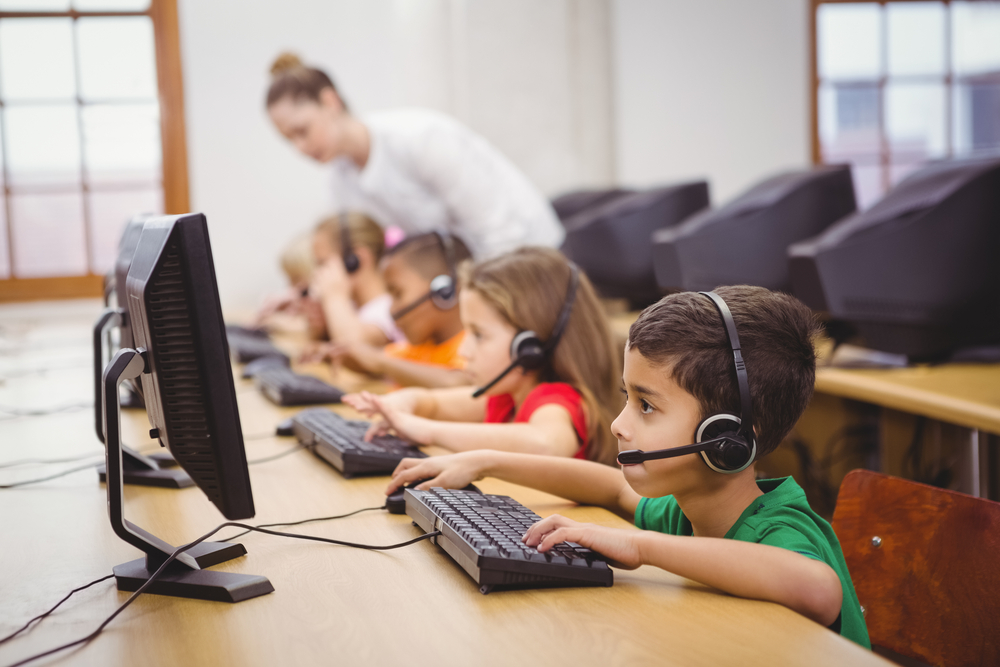According to the National Center for Education Statistics, about 13% of people enrolled in public schools receive special education services. Students who are neurodivergent and students who have physical disabilities or learning disabilities deserve a specific kind of attention. Luckily, technology can make learning more accessible to these students.
FM Listening System
FM Systems allow a speaker’s voice to go straight to a listener’s ear. This technology helps students who struggle with their hearing or with their attention span by minimizing outside noises and distractions.
Talking Calculators
These calculators verbally call out the numbers as the user presses them. This can be especially beneficial to students struggling with dyscalculia, a disorder that affects a person’s ability to understand numbers and math. Talking calculators also help students with Visual Perception/Visual Motor Deficit, a disorder that affects understanding visual information. Assistech offers several affordable options.
Kurzweil Education
Kurzweil offers multiple assistive technology tools. Their literacy technology helps students who are blind, visually impaired, or who have dyslexia and dysgraphia. Their text-to-speech software includes 31 natural speaking voices, the ability to highlight text and a picture dictionary. Kurzweil 3000 can be installed on laptops and tablets, while Kurzweil 1000 is designed for Windows.
Ghotit
Ghotit advertises itself as the Dyslexia Writing & Reading Assistant. This program is specifically made for students with learning disabilities, especially those with dyslexia and dysgraphia. Ghotit works similarly to a spell check. However, it includes added features geared towards users with dyslexia and dysgraphia. It checks for words in context, reading text aloud as well as providing a prediction software that picks up on the user’s vocabulary.
MathTalk
MathTalk is a speech-recognition program that translates words into math. This is great for people with dyscalculia who have difficultly processing numbers. It’s also helpful for people with physical disabilities, like blindness or paralyzation, that keep them from using traditional means of working through a math problem. MathTalk even allows users to translate Math to braille.
Though this is by no means a complete list, we hope this will help parents and teachers begin to reach out to technology to help students with learning disabilities. There are many different apps, programs, and technologies out there that can empower students in special education.
Text by Melissa Lawrence


